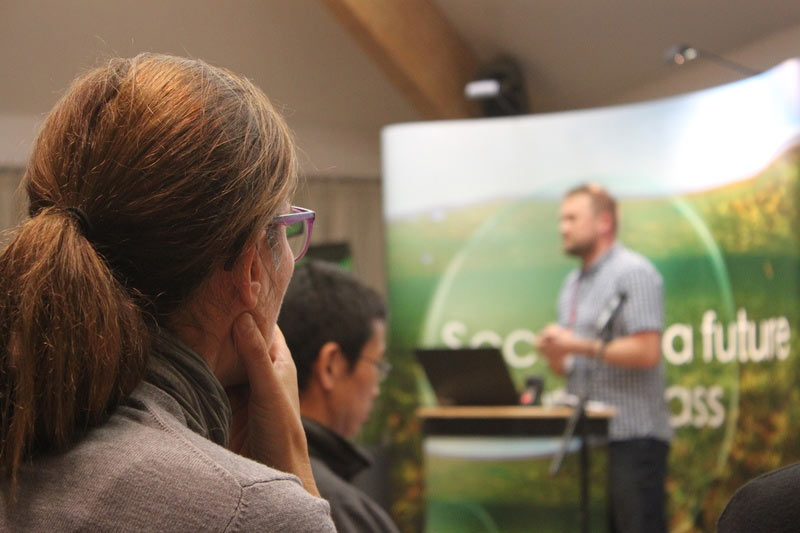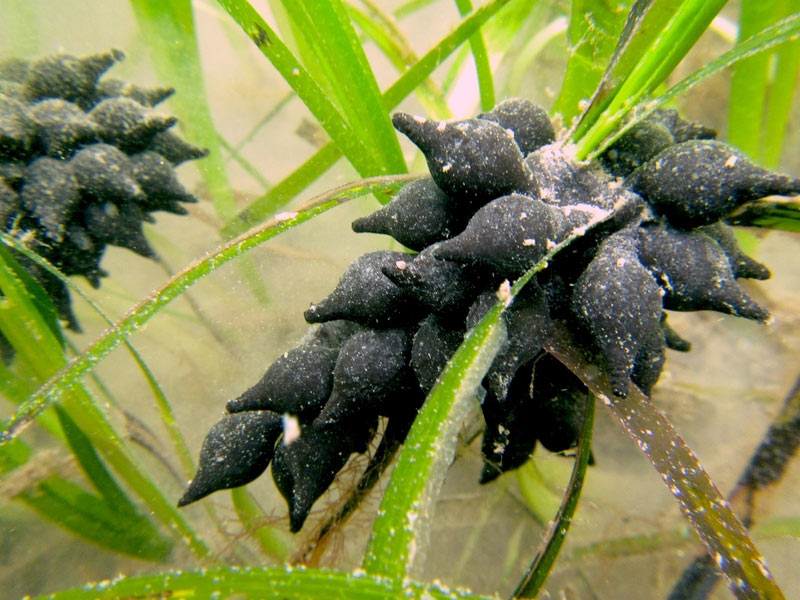Transforming Education at bett 2017

In a previously life I was a Secondary School Science Teacher, and I was privileged to work at a fantastic school (alongside some of the most innovative and enthusiastic teachers the UK has to offer). I know these teachers took their pedagogy seriously, and I was reminded of this dedication when I saw a few familiar faces […]
News, views and press releases…

As I sit at my desk looking back at 2016 it occurs to me that one of the biggest challenges we faced as an organisation was “getting the word out” about ISBW12. It’s one thing getting the global seagrass community on board (and transported to a VERY SMALL village in north Wales!), but it’s quite another […]
Reflecting on ISBW12: “Securing a future for seagrass”

It’s already been one month since the 12th International Seagrass Biology Workshop began at Nant Gwrtheyrn in Wales. This time last month the world’s foremost seagrass scientists were descending on the Llŷn Peninsula and the Project Seagrass team were in the midst of the final preparations for hosting the largest International Seagrass Biology Workshop in recent times. Immediately prior […]
The British Science Festival – Swansea University, Wales.

A sunny Saturday in Swansea and Project Seagrass had a stall set up ready for the British Science Festival’s Family Fun weekend. A big seagrass mural was laid out surrounded by crayons and paints for kids to get stuck in, and immediately the crowds hit. Kids everywhere colouring all kinds of creatures which live in our […]
Fàilte gu Alba – Project Seagrass and the Scottish Seagrass Network: A charity in Scotland.

Project Seagrass moved to Scotland in April 2016 stating that this moment would herald A New Dawn For Scottish Seagrass. We spoke then of our ambition to engage with Scotland’s coastal communities and begin the much needed process of mapping Scotland’s seagrass meadows. We also discussed our ambition for conducting outreach and education events starting in […]
Project Seagrass at the Glasgow Science Festival 2016

Launched in 2007, Glasgow Science Festival (http://www.glasgowsciencefestival.org.uk) has grown to be one of the largest science festivals in the UK. The festival takes memorable events to non-traditional venues across the City of Glasgow where researchers, charities and non-governmental organistations are able to engage with people, from all ages and backgrounds. This year Project Seagrass were […]
Seagrass Provides Easter Eggcitement

Seagrass meadows provide a suitable environment for eggstraordinary creatures to lay and secure their weird and wonderful eggs. As its Easter, we thought it would be a nice opportunity to introduce you to eggs that can be found in seagrass meadows around our coast. Cuttlefish eggs or “sea grapes” attached to blades of Zostera marina […]
Reflecting on the #PeoplesProjects: We’ll continue to push for “Mission SEA”

Back in 2015 we entered the #PeoplesProjects, a competition held by the Big Lottery Fund and ITV to win up to £50,000 of National Lottery money. The Peoples Projects aimed to give organisations the chance to build upon previous projects they had completed with help from the Awards For All funding scheme. At the time we didn’t even expect to make it […]
Learning to protect seagrass in the heart of the Coral triangle.

Indonesia is at the heart of the Coral Triangle, an area characterised by having the World’s highest marine biodiversity. With over 17000 islands, 51,00km2 of coral reef and at least 30000 km2 of seagrass its marine life is extensive and spectacular. But with a growing population, rapidly expanding GDP, and its status as the world’s […]

